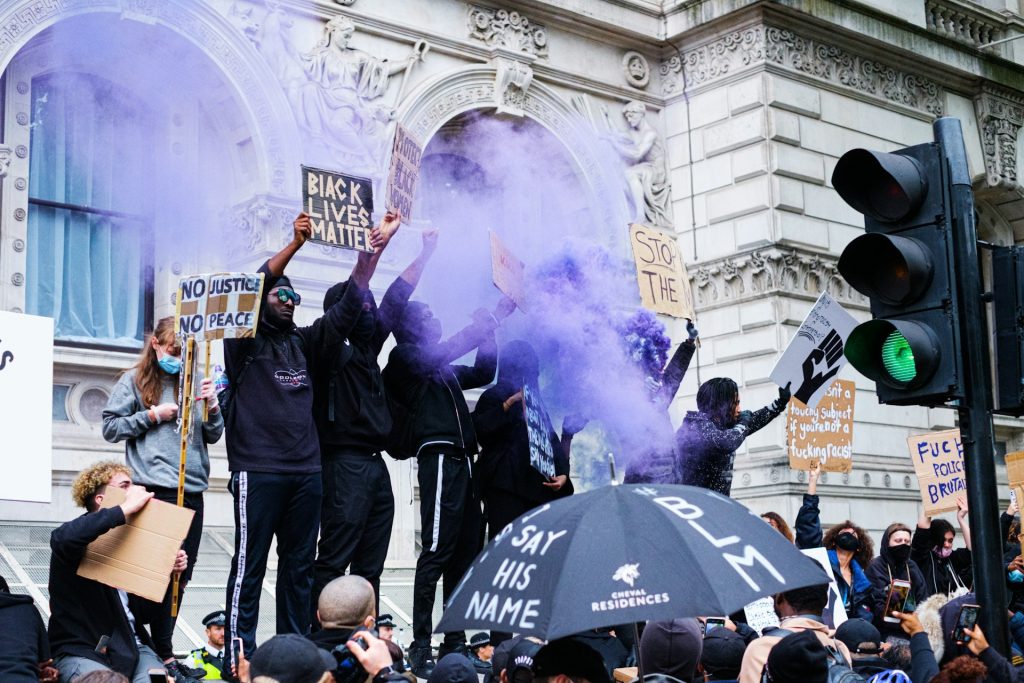HOW SHOULD I ANALYZE A SOCIETY TROUBLE?

The utmost objective is to recognize the problem much better and to deal with it better, so the technique you pick ought to accomplish that goal. We’ll provide some step-by-step standards here and discuss a couple of particular methods to figure out the reasons for the trouble.
- Validate the option of the problem.
Use the requirements we have actually listed above– frequency, period, range, extent, equity, understanding– in addition to asking on your own whether your company or one more can address it effectively, in order to make a decision whether the problem is one that you ought to focus on.
- Mount the trouble.
State the problem without suggesting a remedy or criticizing any individual, to make sure that you can analyze it with no assumptions and construct agreement around whatever solution you get to. One way is to specify it in terms of an absence of a favorable actions, problem, or other aspect, or the presence or size of a negative habits, condition, or various other factor.
- Recognize whose behavior and/or what and how ecological aspects need to alter for the problem to begin to be resolved.
This can be as uncomplicated as individuals changing their behavior from cigarette smoking to not cigarette smoking, or as complex as convincing lawmakers to alter legislations and plans (e.g., non-smoking ordinances) in order to transform others’ habits (cigarette smokers do not smoke in buildings or enclosed spaces made use of by the public) in order to profit yet another group by transforming the atmosphere (children are shielded from secondhand smoke in public.).
- Assess the source of the trouble.
The genuine reason for a problem may not be instantly apparent. It may be a function of a social or political system, or might be rooted in a behavior or situation that might at first glimpse seem unassociated to it. In order to locate the underlying reason, you may need to make use of several analytical techniques, consisting of vital reasoning and the “Yet Why?” technique.
Really quickly, the latter contains specifying the issue as you view it and asking “But why?” The next action is to answer that inquiry in addition to you can and after that asking once more, “However why?” By continuing this process until you get a response that can not be decreased even more, you can commonly get to the underlying root cause of the issue, which will certainly inform you where to direct your initiatives to resolve it.
The distinction between identifying a trouble and discovering its origin resembles the distinction between a physician’s treating the signs and symptoms of an illness and really curing the condition. As soon as an illness is comprehended all right to heal, it is typically likewise understood well enough to avoid or remove. Likewise, when you understand the source of a neighborhood problem, you may be able not just to address it, yet to develop systems or policies that avoid its return.
- Recognize the restraining and driving pressures that affect the issue.
This is called a force area analysis. It indicates considering the restraining forces that act to keep the problem from transforming (social structures, cultural practices, ideology, national politics, lack of understanding, lack of accessibility to healthy conditions, etc) and the driving pressures that push it toward change (dissatisfaction with the way points are, public opinion, policy change, continuous public education efforts, existing options to unhealthy or unacceptable activity or conditions, etc) Think about how you can utilize your understanding of these forces in devising options to the trouble.
- Locate any type of relationships that exist amongst the problem you’re worried about and others in the community.
In examining source, you may have currently completed this action. It may be that other problems stem from the same source, and that there are other organizations with whom you might companion. Comprehending the partnerships among community problems can be an important step toward fixing them.
- Identify individual elements that might contribute to the problem.
Whether the issue involves individual behavior or community problems, each private affected by it brings a whole collection of expertise (some perhaps exact, some probably not), ideas, skills, education and learning, background, experience, society, and presumptions about the globe and others, along with organic and hereditary attributes. Any type of or every one of these could add to the problem or to its service or both.
- Identify ecological elements that may contribute to the problem.
Equally as there are variables associating with individuals that might contribute to or aid to address the trouble you’re interested in, there are also variables within the neighborhood atmosphere that might do the exact same. These might consist of the schedule or absence of services, details, and various other support; the degree of ease of access and obstacles to, and chances for solutions, details, and other support; the social, monetary, and other prices and advantages of adjustment; and such overarching factors as destitution, living conditions, main policy, and economic conditions.
- Determine targets and agents of adjustment for addressing the issue.
Whom should you concentrate your initiatives on, and who has the power to enhance the scenario? Typically, these might be the same individuals. The most effective remedy to a specific trouble may be policy change of some sort, for instance, and the very best route to that may be to install a campaigning for effort targeted at authorities who can make it occur. Individuals who are suffering from lack of abilities or services might be the ones that can do one of the most to alter their circumstance. In various other instances, your targets might be individuals whose habits or scenarios require to change, and you might wish to hire agents of modification to work with you in your initiative. The point of this step is to comprehend where and exactly how to guide your job most properly.